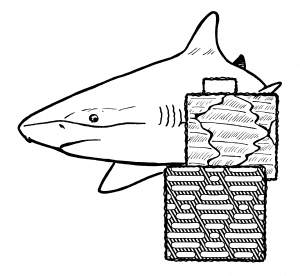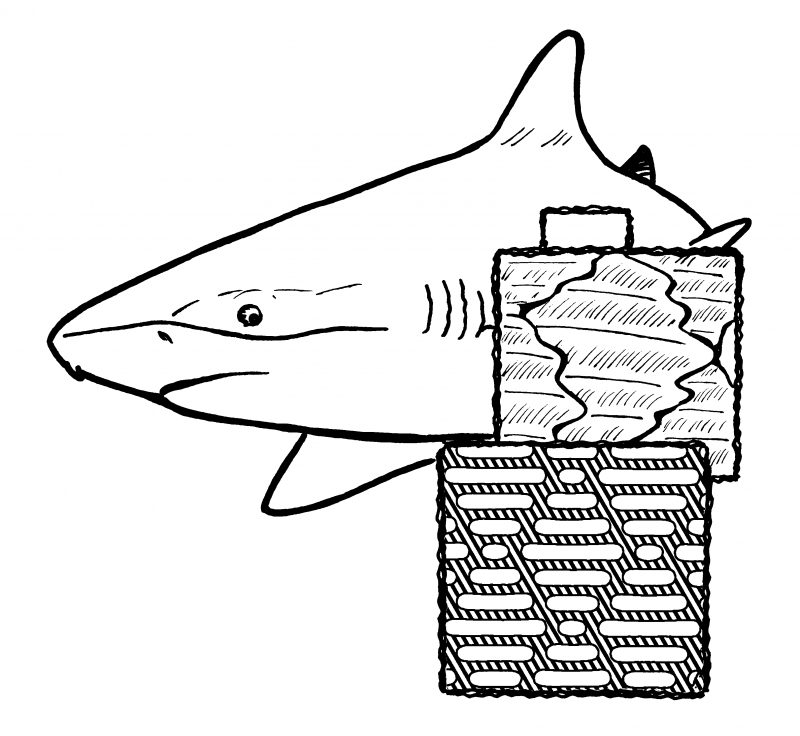
Once I met a German engineer working to reinvent the vacuum cleaner. When I say reinvent, I mean that! A totally different design. If he and his team were successful, they would do well. If not, he would be knocking on doors for a new job.
Hard, Hard Work!
Engineers, designers and artists understand how hard it is to design. It is time intensive and there is great need for attention for highly specified patterns. Perfection is the goal, mistake free. As an artist draws the human face and or body, with realism, its a hard strenuous process. Those that do it well have spent years practicing. In fact, very few artists can draw a human well. There are patterns to be memorized, specifications to be accounted for and proper proportions are a must. Then there is perspective and foreshortening. This is just the copy of the human design, and it’s hard, it’s not the original creative design! Humanoid robots have another level of design, the amount of work is immense!
Designing is an emotional process, whether success or failure, praise or criticism. When one criticizes a design or if it fails, it is depressing. When successful, creativity is rewarding and exhilarating. Designers and engineers are very sensitive to their creativity and hard work. The process of designing can be enjoyable as well.
Designs are information. Designs come from knowledgeable minds. Architectural and mechanical engineers, architects and designers require much education and knowledge in physics, mathematics and aesthetic design for success. From our uniform experiences, a good design comes from a good mind.
Some of our smartest engineers and the world’s brightest minds, housed in the world’s finest institutions, do not come up with new designs, but copy the old — from biology. These designs are just copied, not new! Biological designs are so attractive that they attract the big bucks for researchers to imitate them.
The Source Of Designs, Always
From experience, all novel, meaningful, complex and functional structural, chemical and informational designs are from human intelligent minds. In other words, we presently see no other mechanism for these designs contemporaneous with our existence. Minds are behind designs.
Biological organisms not only have designs, but these designs are similar to ours. They have similar attributes or characteristics of our designs (such as meaningful, complex and functional structural designs). In other words, they look like our technological designs.
In fact, most of these designs are superior to ours and have optimal solutions. Since many biological designs are superior to ours, we copy some solutions for our design problems.
However, we are not the designers of biological designs (specifically human designs). We know of no other biological entity that is capable of designing these as well. This is for three reasons, first some biological designs are necessary for the creation of new biological designs (brain, eyes, molecular motors, DNA, cells). In other words, biological entities would need the designs needed to make the designs that it was trying to make. Second, we know of no historical evidence of this happening. Third, one could assume humans now have more knowledge than our ancestors. We still can’t make life.
Biological Designs Are Superior, Which Is Why We Use Them
We use biological designs because they are superior to ours. No biological entity designed them. Since they look like our designs and they are solutions to our design problems, it would be reasonable to conclude biological designs must be designed by some other intelligent source outside of biology and maybe even the physical universe. Thus a nonhuman mind was behind the designs.
I do think it is an insult to engineers when one would say that their model designs for inspirations were designed in a random, mindless fashion. It is also insulting to claim that some engineer’s work is not his or her own, but rather the process of natural, mindless and random process. However, it seems that some do this every day to the ultimate Engineer, the one whose amazing designs we keep copying and copying and copying.
If you enjoyed this topic and others like it, you can get the latest posts from IBITE blog! (Click here.)
What designs in nature interest you? Do you think this is a good argument, if so why? If not why? Feel free to comment below.






